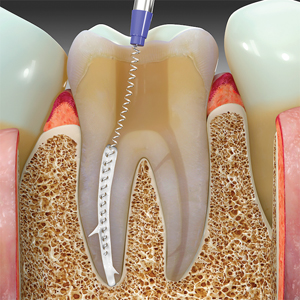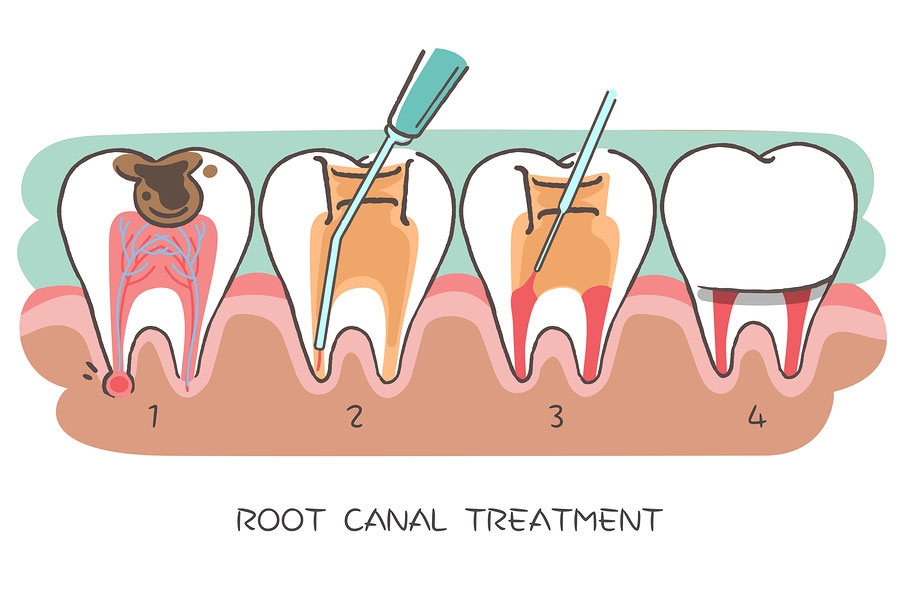Introduction
Bioceramic-based root canal sealers are considered to be an advantageous technology in endodontics. Bioceramic-based sealers have only been available for use in endodontics for the past thirty years, their rise to prominence corresponding to the increased use of bioceramic technology in the fields of medicine and dentistry. Bioceramics are ceramic materials designed specifically for medical and dental use. They include alumina, zirconia, bioactive glass, glass ceramics, hydroxyapatite, and calcium phosphates. The classification of bioceramic materials into bioactive or bioinert materials is a function of their interaction with the surrounding living tissue. Bioactive materials, such as glass and calcium phosphate, interact with the surrounding tissue to encourage the growth of more durable tissues. Bioinert materials, such as zirconia and alumina, produce a negligible response from the surrounding tissue, effectively having no biological or physiological effect. Bioactive materials are further classified according to their stability as degradable or nondegradable. Bioceramics are commonly used for orthopaedic treatments, such as joint or tissue replacements, and for coating metal implants to improve biocompatibility. Additionally, porous ceramics, such as calcium phosphate-based materials, have been used as bone graft substitutes.



Advantages & Disadvantage
Advantages
- biocompatibility prevents rejection by the surrounding tissues
- bioceramic materials contain calcium phosphate which enhances the setting properties of bioceramics and results in a chemical composition and crystalline structure similar to tooth and bone apatite materials thereby improving sealer-to-root dentin bonding.
Disadvantage
- Difficulty in removing them from the root canal once they are set for later retreatment or post-space preparation.
Mechanism
- Diffusion of the sealer particles into the dentinal tubules (tubular diffusion) to produce mechanical interlocking bonds.
- Infiltration of the sealer’s mineral content into the intertubular dentin resulting in the establishment of a mineral infiltration zone produced after denaturing the collagen fibres with a strong alkaline sealer.
- Partial reaction of phosphate with calcium silicate hydrogel and calcium hydroxide, produced through the reaction of calcium silicates in the presence of the dentin’s moisture, resulting in the formation of hydroxyapatite along the mineral infiltration zone
RCS Products Comparison

Buy Bioceramic-Based Root Canal Sealers - Cerafill RCS
References
Afaf AL-Haddad and Zeti A. Che Ab Aziz
Department of Restorative Dentistry, Faculty of Dentistry, University of Malaya, 50603 Kuala Lumpur, Malaysia (doi.org)
Image courtesy:oralhealthgroup.com



























